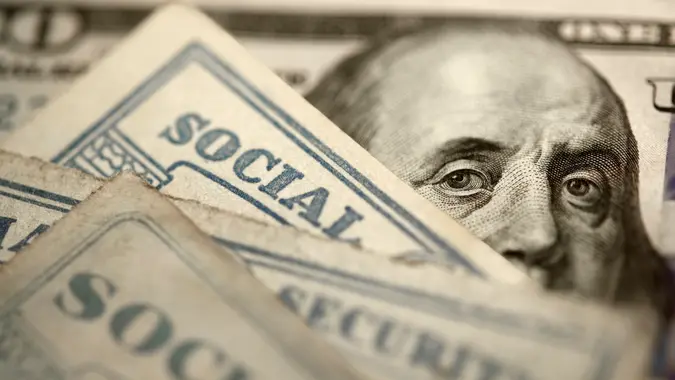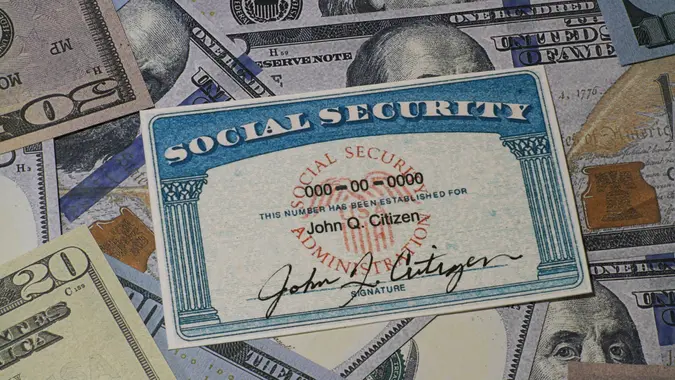Social Security: When Your Provisional Income Can Lead To 100% Tax-Free Benefits

Commitment to Our Readers
GOBankingRates' editorial team is committed to bringing you unbiased reviews and information. We use data-driven methodologies to evaluate financial products and services - our reviews and ratings are not influenced by advertisers. You can read more about our editorial guidelines and our products and services review methodology.

20 Years
Helping You Live Richer

Reviewed
by Experts

Trusted by
Millions of Readers
If you get Social Security benefits but still earn income from other sources, it’s important to be aware of how this so-called provisional income affects your taxes. The good news is, there are still ways to earn income tax-free.
Provisional income is determined by adding the combined total of half your Social Security benefits, your tax-exempt interest and other non-Social Security items (such as jobs or investments) that make up your adjusted gross income, Kiplinger reported.
For single tax filers, Social Security benefits aren’t taxed if your provisional income is less than $25,000. That rises to $32,000 if you’re married and filing a joint return. Up to half of your Social Security benefits might be taxable if your provisional income is $25,000 to $34,000 for single filers, or $32,000 to $44,000 for joint filers. Anything above those income levels, then up to 85% of your benefits could be taxable.
However, there are still ways to earn income tax-free when you receive Social Security benefits. Here are a few of them.
Tax-free Provisional Income
This is the most straightforward way to earn tax-free income — if you stay below the income thresholds. As mentioned before, if you are single and have provisional income below $25,000, that income is not taxed. If you are married and filing jointly, you can earn up to $32,000 tax-free. These are good options if you have a couple of side hustles that bring in money, but not too much.
Tax-Free Roth IRA Withdrawals
These let you withdraw money free of federal taxes and usually state taxes as well. But they have to be qualified withdrawals. A qualified withdrawal has to meet certain criteria. It must be taken after you have had at least one Roth IRA open for over five years and you’ve reached age 59½.
Tax-Free Home Sale Gains
Single taxpayers who sell a principal residence don’t have to pay federal taxes on up to $250,000 of their gain from a home sale. Those who are married filing jointly can exclude up to $500,000 of gain from the sale of a principal home. Just keep in mind that you will have to pass certain tests regarding home ownership, home use, filing status and previous sales to qualify for the tax-exempt status. Be sure to consult with a tax accountant or visit the IRS website before signing on the dotted line.
More From GOBankingRates
Cynthia Measom contributed to the reporting for this article.
 Written by
Written by  Edited by
Edited by 
























